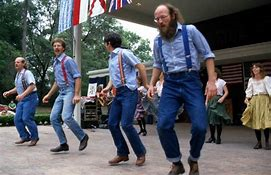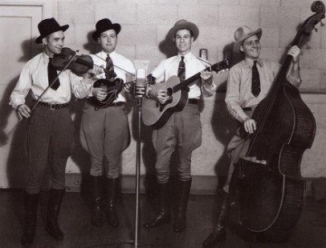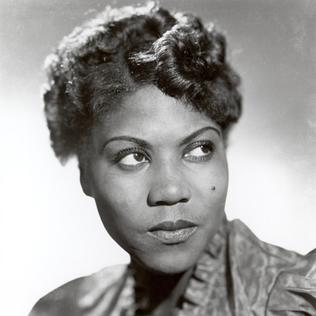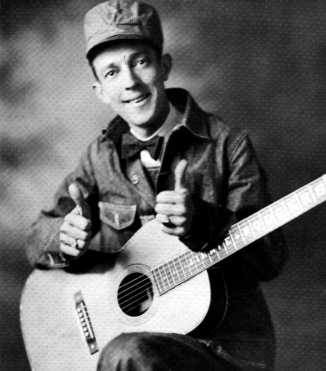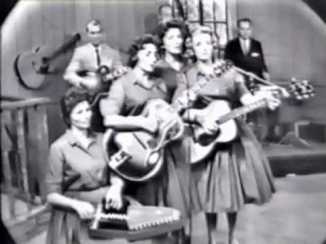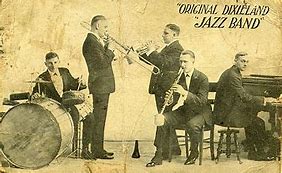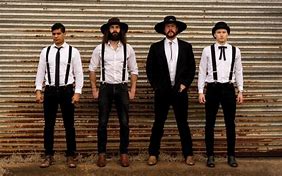 The Dead South, a gold rush vibing four-piece acoustic set from Saskatchewan, infuse the genre’s traditional trappings with an air of frontier recklessness, whiskey breakfasts and grizzled tin-pan showmanship. Their sound, build on a taut configuration of cello, mandolin, banjo and guitar, speeds like a train past polite definitions of acoustic music into the grittier, rowdier spaces of the bluegrass world. https://www.thedeadsouth.com/about
The Dead South, a gold rush vibing four-piece acoustic set from Saskatchewan, infuse the genre’s traditional trappings with an air of frontier recklessness, whiskey breakfasts and grizzled tin-pan showmanship. Their sound, build on a taut configuration of cello, mandolin, banjo and guitar, speeds like a train past polite definitions of acoustic music into the grittier, rowdier spaces of the bluegrass world. https://www.thedeadsouth.com/about
While most of the songs are classically “knee-slapping hoedown” bluegrass, other songs bear some similarities to alternative songs from the 90’s. The Dead South’s debut studio album Good Company was released in 2014. WIKI

Mandolin Orange was formed in 2009 in Chapel Hill, North Carolina and consists of the group’s songwriter Andrew Marlin (vocals, mandolin, guitar, banjo) and Emily Frantz (vocals, violin, guitar). The music is described as Americana/Folk. In the last three years, the group has toured throughout the U.S and Europe, including appearances at Edmonton Folk Music Festival, Telluride Bluegrass Festival, Newhttport Folk Festival, Hardly Strictly Bluegrass. WIKI
http://www.mandolinorange.com/
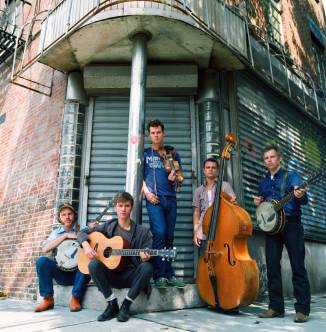 Old Crow Medicine Show started busking on street corners in 1998 New York state and up through Canada, winning audiences along the way with their boundless energy and spirit. They caught the attention of Doc Watson… thereafter the band was hired to entertain between shows at the Grand Ole Opry, Nashville, TN. The band has gone on over twenty years to being inducted into the Grand Ole Opry, and to win two Grammy Awards. https://crowmedicine.com/about/
Old Crow Medicine Show started busking on street corners in 1998 New York state and up through Canada, winning audiences along the way with their boundless energy and spirit. They caught the attention of Doc Watson… thereafter the band was hired to entertain between shows at the Grand Ole Opry, Nashville, TN. The band has gone on over twenty years to being inducted into the Grand Ole Opry, and to win two Grammy Awards. https://crowmedicine.com/about/
Starting from old-time music in the Appalachian hills, the group found themselves “making a foray into electric instruments”. Variously described as Old-Time, Americana, Bluegrass, Alternative Country, and “Folk-Country”, the group started out infusing old Appalachian “tunes from jug bands and traveling shows, back porches and dance halls, southern Appalachian string music and Memphis blues.” with new punk energy. WIKI


